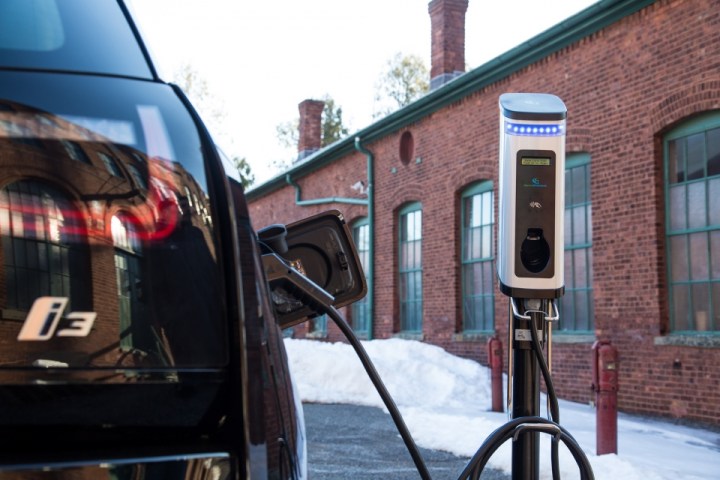
BMW is making it easier to visit America’s national parks while treading lightly. The Munich, Germany-based company teamed up with several American government agencies to install 100 electric car chargers in or near some of the nation’s most scenic national parks.
National parks are meant to be driven to, and driven through, and they’re often located far off the beaten path. This gives motorists criss-crossing our vast country in a battery-powered car a serious case of range anxiety. BMW formed a partnership with the National Park Foundation, the National Park Service, and the Department of Energy in 2017 to make sure parks aren’t left out of the growing charging infrastructure.
The two-year project is nearly complete. Installing a charging station sounds simple, it’s merely a matter of bolting it in the ground and hooking it up to the power grid, so what took BMW and its partners two years? The company explained its team took several factors into account before deciding where to install each station. It considered the size of the electric car market in a given region and the distance to the closest existing station. It also took natural and landscape factors into account.
BMW makes several plug-in hybrid and electric cars, including the i3 and the 745e, but the chargers it donated to the National Park Service aren’t brand-specific. Motorists will be able to use them even if they drive a Nissan Leaf, or an electric Hyundai Kona. There’s no word yet on the type of charger BMW donated, and how much juice they can funnel into a battery pack in a given amount of time.
BMW fittingly installed the project’s first station in the Thomas Edison National History Park located in New Jersey, but most of the stations are located in busy, high-traffic areas. Death Valley National Park, Big Cypress National Preserve, and Cape Cod National Seashore each now host at least one charging station.
About 90 of the 100 chargers BMW paid for have already been installed. They’re functional and ready to top up electric cars. The 10 remaining stations will open before the end of the summer of 2019, giving motorists time to get out and explore the great outdoors in an EV before the return of cooler temperatures.
Editors' Recommendations
- The Maserati GranCabrio Folgore is one of the best-looking EVs yet
- Audi Q6 e-tron ushers in the automaker’s next EV phase
- Porsche’s most powerful production car is an EV
- Here’s how Ford will give EV customers Tesla Supercharger access
- Some on Apple’s failed car project reportedly had a cruel name for it




